Aluminum casting: Accurate parts evaluation thanks to 2D Xray device
August 18, 2022 11:29 am
ZEISS BOSELLO MAX simplifies the decision-making process at VMG Dambauer through high image quality and high resolution.
ZEISS BOSELLO MAX simplifies the decision-making process at VMG Dambauer through high image quality and high resolution. Up to 400,000 motorcycle chassis components are produced each year at VMG Dambauer in Vöcklabruck, Austria. Each individual part has to fulfill rigorous quality requirements – after all, it concerns people’s safety. In order to identify good and bad parts as accurately and efficiently as possible, the company relies on the 2D Xray device ZEISS BOSELLO MAX. Thanks to its excellent image rendition, it’s never been easier for the staff of this aluminum foundry to make the right decision.
The quality demands for components in the automotive industry are extremely high, and that’s a good thing. There is perhaps no better example for that than the chassis parts for motorcycles, such as the wings of the rear wheels and the wheel hubs. Whether during acceleration or when going around a curve, these parts endure continuously high forces throughout their entire product lifecycle. A breakdown of material due to undiscovered defects would most likely have drastic consequences for both human and machine. End-customers therefore trust that the manufacturers of their choice will do everything in their power to install flawless components into the end product. In order not to disappoint the trust of their customers, manufacturers in turn demand the highest possible standards in quality assurance from their suppliers — with no exceptions or compromises. The metal foundry Dambauer GmbH in Vöcklabruck in Upper Austria knows that, too. Dambauer is a medium-sized family-owned company that supplies predominantly large German and Austrian manufacturers of motorcycles with aluminum cast parts, as well as plant manufacturers and makers of traffic technology. Up to 400,000 chassis components are produced per year by Dambauer’s 170 employees. And business is looking better all the time as the motorcycle continues to enjoy growing popularity. Dr. Georg Dambauer manages the company in the third generation. His grandfather, Alois Dambauer, founded the company together with his wife Margarete in 1955. Georg Dambauer feels a great sense of responsibility toward this heritage: “I owe it to my family, my staff and to our customers to always deliver the best possible quality,” he says. “That’s why it’s so important to us that we always use the latest technology in production and in quality assurance.” To therefore ensure that only perfect parts are delivered to customers, VMG Dambauer relies on ZEISS BOSELLO MAX, a 2D X-ray device. Positioned in the middle of the shop floor, this machine allows employees to make fast, accurate decisions about whether a cast part fulfills a customer’s high demands.
Fast and reliable analysis of manufactured components
After the aluminum bars are delivered, they are melted, cleaned and refined before steel forms, after going through different processes, give the molten light metal its raw form. This is followed by the mechanical processing. A band saw removes the first cut; with more complex interior geometries, the sand core is sometimes removed too. But no matter how high the quality of the delivered raw material and no matter how sophisticated the casting and refining process, defects like pores, cavities and foreign material cannot be avoided 100%. In order to be able to recognize such defects immediately, a ZEISS BOSELLO MAX 2D X-ray device is located on the shop floor at VMG Dambauer. The device immediately gives employees a view into the interior of the just-produced parts “We have a 100% inspection obligation for our motorcycle components,” explains Georg Dambauer. “The customer requires that.” The production employees therefore analyse on their own every single part that comes off the production line with the X-ray device. Anywhere between 5 and 15 images are made, depending on the complexity of the component. This process takes several minutes, even for more experienced staff. Given the targeted quantities, it’s extremely important to save as much time as possible, but without losing any knowledge. “That’s why we like the ZEISS BOSELLO MAX machine so much — because compared to other X-ray machines, it offers a higher image quality and higher image resolution,” says Georg Dambauer. “You just see a little more, which makes it so much easier for our staff to make the decision about whether a part is OK or has to be scrapped. That alone speeds up the process by up to 10%.” The user-friendly operation of the device helps too: “Both the first-time programming and the testing itself happen so intuitively; our employees are really happy with it,” says Dambauer
Together with ZEISS, prepared for the future
The decision for ZEISS was made initially for purely pragmatic reasons. “We had a short-term need for another X-ray device in production and needed a fast delivery,” explains Georg Dambauer. “ZEISS and BOSELLO were both very accommodating about this and were able to deliver a device within a few weeks.” Even before that, however, Dambauer had already set his eye on the Italian company BOSELLO because of its high-quality 2D X-ray machine. “The acquisition by ZEISS made the decision for BOSELLO easier for us because we could now get support in cation to fulfill our wish for a fast delivery was an additional factor.” Aside from the fast delivery, Georg Dambauer is happy overall that he decided for the ZEISS BOSELLO MAX: “We have invested in the latest 2D X-ray technology and can
therefore offer our customers a little bit more certainty at even higher productivity.” Furthermore, given the growing quantities they need to produce automated quality assurance is becoming an increasingly attractive way for the company to boost its efficiency. And the conditions for this are already there with ZEISS BOSELLO MAX because it offers the option of automating the decision making process during the inspection of components through the error-recognition software ZEISS BOSELLO FARIS ADR. In light of the growing complexity of the manufactured parts coupled with ever stricter requirements, VMG Dambauer’s CEO can also imagine investing in a computer tomograph for quality assurance in the longer term. “Then it’s good to know that we have a strong, competent partner like ZEISS at our side with whom we can — and will — further develop our technology.”
Cookie Consent
We use cookies to personalize your experience. By continuing to visit this website you agree to our Terms & Conditions, Privacy Policy and Cookie Policy.






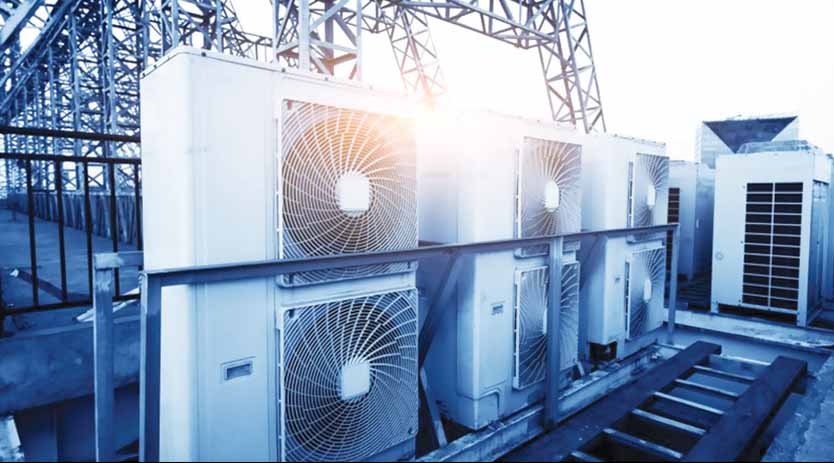
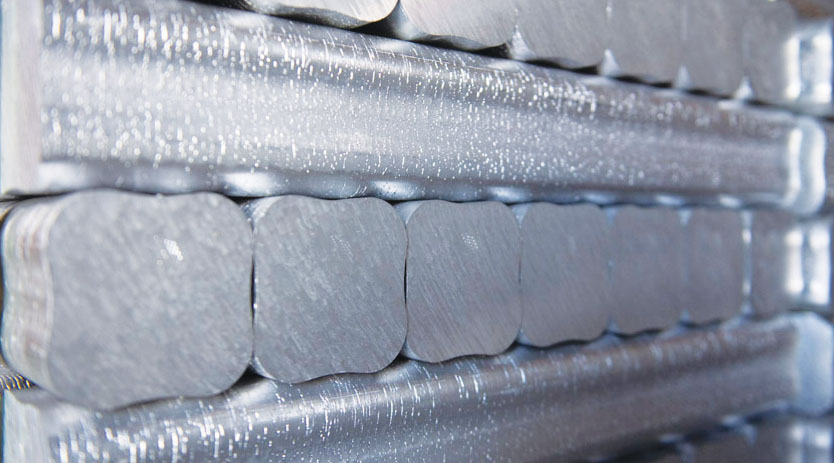
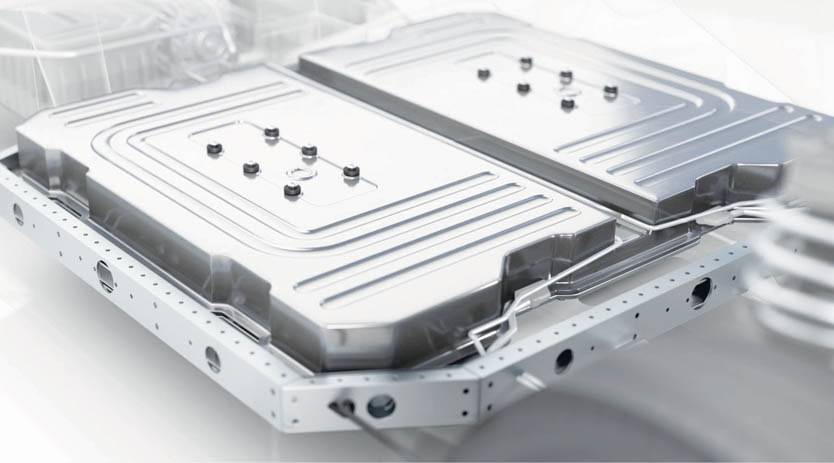
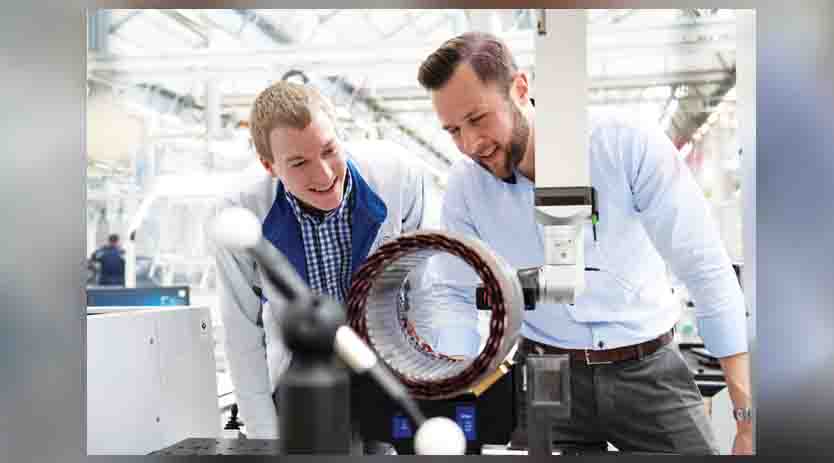
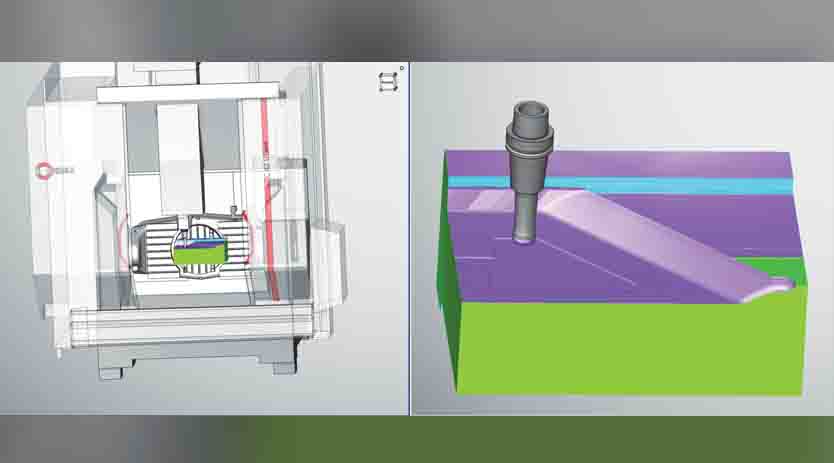
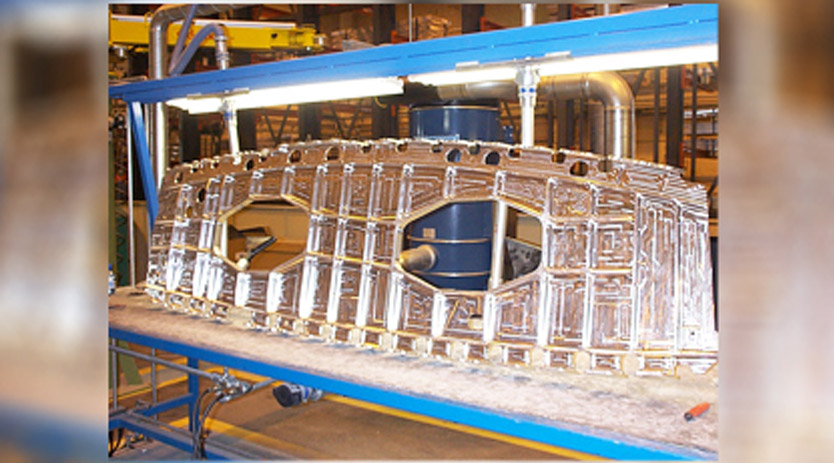





 English
English Hindi
Hindi